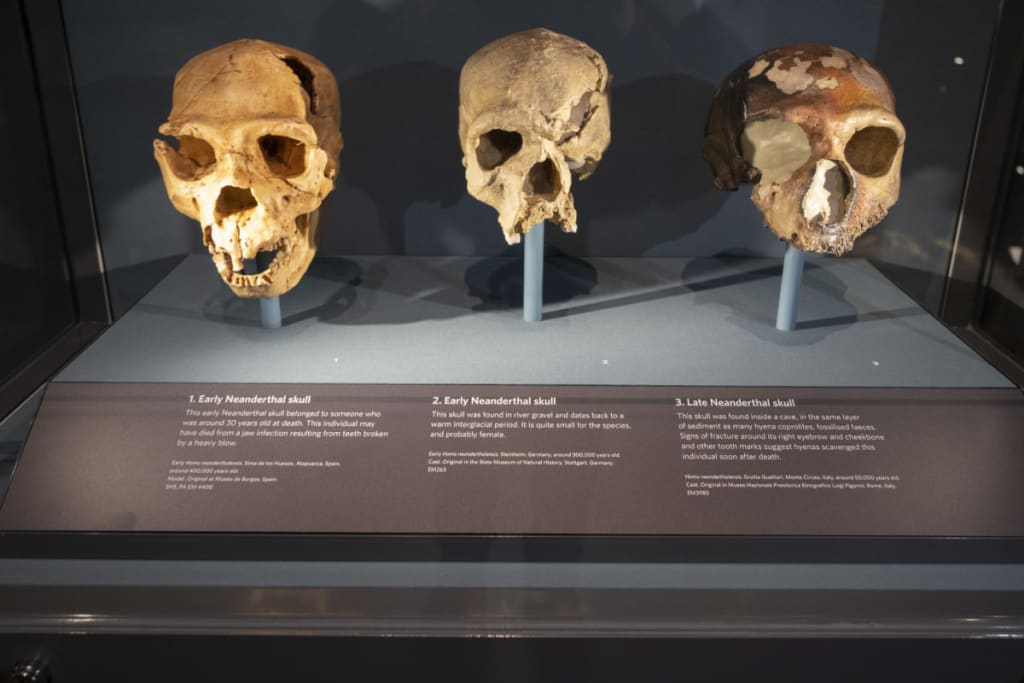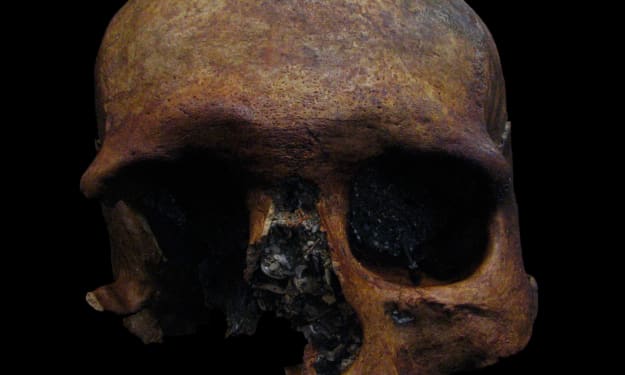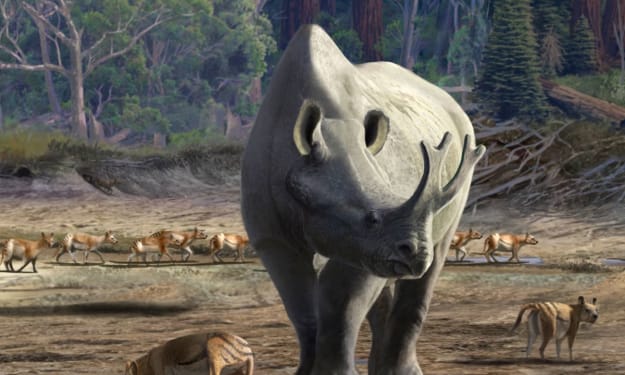Unveiling Our Genetic Time Capsules: Exploring the Legacy of Extinct Human Species
The story of human evolution is a tapestry woven with threads of ancient and mysterious ancestors.

The history of human evolution is like a tapestry, and the forebears who made up that history are the threads that make up that fabric. Researchers are delving deeper into our genetic makeup in order to discover the profound and lingering influence of extinct human species. This fascinating new area of scientific investigation is attracting a lot of attention. This discovery reveals linkages that go back thousands of years and sheds insight on the long and illustrious history of our species. It opens a window into our genetic inheritance.
The Mosaic of Our Ancestors
Multiple species of hominins (creatures that are similar to humans) have coexisted with one another and interbred throughout prehistoric times, making the family tree of humans more of a complex web of branches than a straightforward development. Although Neanderthals and Denisovans are currently our closest living cousins, our planet was formerly also inhabited by other species, including Homo erectus and Homo habilis.
The Inheritance of Genetic Information from Extinct Species
Recent developments in genetic research, in particular the sequencing of ancient DNA, have given scientists the opportunity to examine our genetic history in a level of detail that was previously unattainable. What scientists have found is a stunning genetic legacy that was left behind by these creatures that have now been extinct.
Breeding Between Different Species (Interbreeding)
The discovery of evidence of interbreeding between Homo sapiens (also known as modern humans) and other hominin species is one of the most surprising discoveries. Our DNA bears the signs of these ancient contacts, with traces of Neanderthal and Denisovan DNA detected in the genomes of non-African modern humans. These findings suggest that modern humans descended from a mix of Neanderthal and Denisovan ancestry.
This genetic exchange was not a one-time occurrence but rather a process that occurred multiple times, which suggests that our ancestors lived alongside and interacted with these extinct animals for extensive periods of time.
The Role Played by Animals That Have Since Become Extinct
The genetic legacy left behind by extinct hominins is more extensive than the simple act of interbreeding. It is becoming more and more obvious that these interactions have influenced our biology and evolution in a variety of ways, including the following:
Immunity: Some genes inherited from Neanderthals and Denisovans are related with immunity and illness resistance, which suggests that interbreeding provided our ancestors with advantages in adapting to new settings. This is supported by the fact that some of these genes are inherited from modern humans.
The ability of Homo sapiens to adapt to a wide variety of environments and temperatures may be attributed, at least in part, to the acquisition of genes from now-extinct species.
Interactions with other hominin species almost certainly resulted in the sharing of information, abilities, and cultural practices, which influenced the development of modern civilizations.
Strategies for existence It's possible that our species' existence depended on things like the exchange of genes and the ability to adapt to different circumstances.
Reformulating Our Conceptions of What It Means to Be Human
The investigation of our genetic inheritance forces us to reevaluate our preconceived assumptions of what it means to be human. It highlights the fact that the history of Homo sapiens is connected with the histories of other hominin species, which brings to light the fact that our history is more complicated than previously thought.
The findings of this study inspire us to adopt a more comprehensive understanding of the history of our species, one that takes into account the intricate pattern of our genetic lineage. It reminds us that we are not isolated actors but rather participants in a vast and interconnected drama of human development, and it does this by fostering a sense of shared heritage that is independent of both time and geography.
The Never-Ending Quest
As the study of our genetic legacy continues, scientists are continuously discovering new insights into the life of our extinct relatives and the impact they had on the genetic makeup of modern humans. It is evidence of the ever-present inquisitiveness of the human race, which compels us to investigate the obscure corners of our past and gain a deeper comprehension of the complex web of life that has led to our current location.
During the course of this never-ending mission, we are not only interpreting our genetic past, but we are also developing a deeper appreciation for the intricate strands that link us to our ancient predecessors and the awe-inspiring story of human development.
About the Creator
Stephen Keith B. Labto
Keith's transition from computer engineer to passionate writer was unique. Keith's curiosity and imagination pushed him to try something new. He invites readers to explore knowledge's various and beautiful landscapes one word at a time.
Enjoyed the story? Support the Creator.
Subscribe for free to receive all their stories in your feed. You could also pledge your support or give them a one-off tip, letting them know you appreciate their work.






Comments
There are no comments for this story
Be the first to respond and start the conversation.